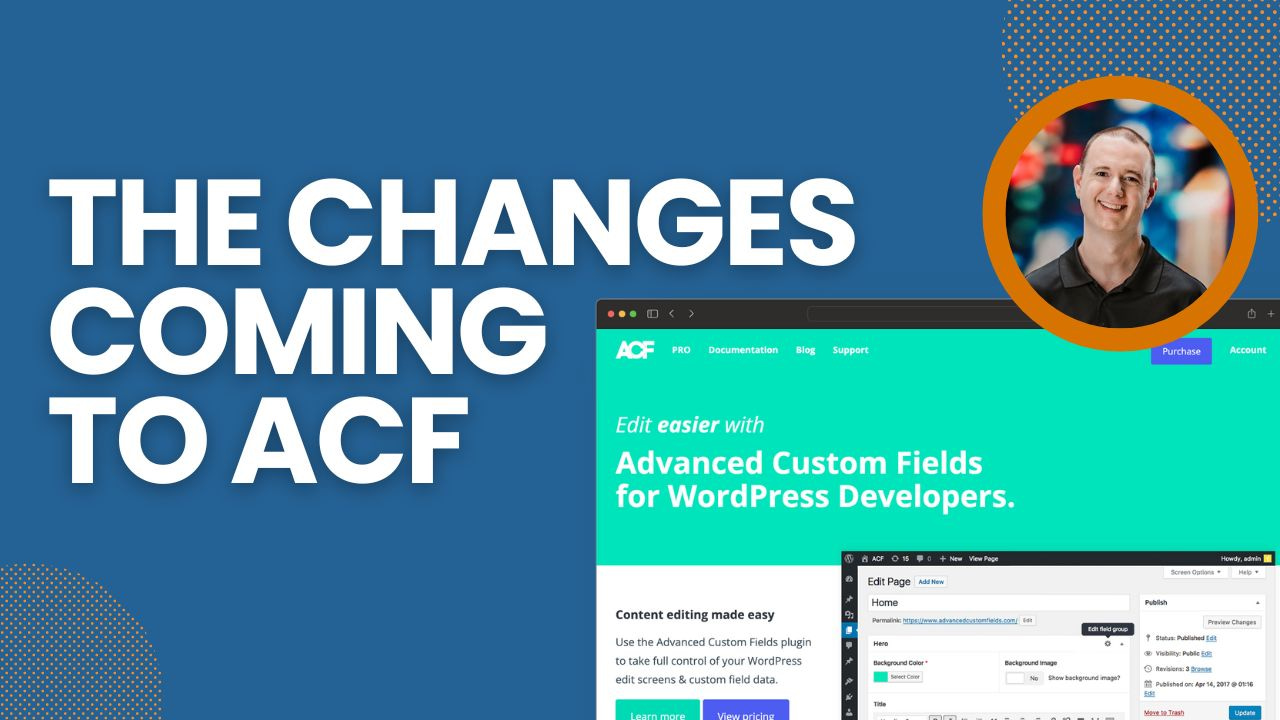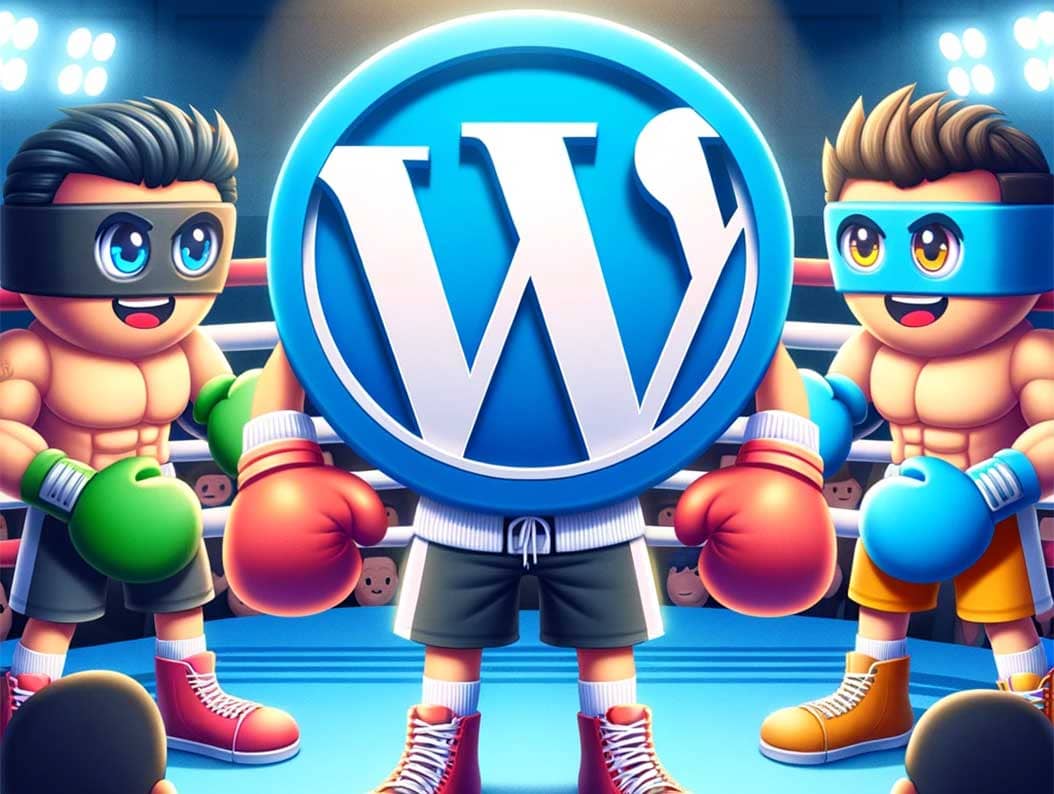The WebP image format has been a popular topic in the WordPress space of late. Created by Google, WebP supports both lossy and lossless compression techniques. It can result in smaller file sizes than older formats like JPEG and PNG.
As it relates to WordPress, our favorite content management system (CMS) has taken a while to warm up to WebP. Support for file uploads was added back in WordPress 5.8 – so long as your web host is compatible.
Seeing the potential to improve site performance, there have been proposals to add automatic WebP file conversion to WordPress core for the 6.1 release. Upload a JPEG, for instance, and the software will convert it to WebP and use the format by default.
The pushback from the community has been strong. Community members have expressed concern over the glut of new files this process would create and the lack of WebP support in some older browsers (namely Safari). Google’s involvement also has rubbed some the wrong way.
But time and again it appears that the most voiced concern is file conversion being an opt-out feature. That means developers will have to add a code snippet or custom plugin to turn the functionality off.
While the intent of the feature may be noble, it has become a controversial topic. Why is that? Here are a few reasons why WebP has some people up in arms.
Forcing a Feature’s Usage Doesn’t Sit Well with Some Users
Granted, saving a few kilobytes of bandwidth here and there is a good thing. The leaner we can make our websites, the better that is for everyone. Visitors get a faster page, and it’s even greener for the environment.
But if recent history is any indication, the idea of being “forced” to use a feature by default can create problems. The release of the Gutenberg block editor back in WordPress 5.0 is a prime example.
Some were upset to the point where they left WordPress altogether, while others griped about having to install the Classic Editor plugin to keep things the same. There were also rumblings at the time about whether the new editor was truly ready to be included in WordPress core.
Perhaps this was a vocal minority of users. But it still caused a fair bit of #WPDrama.
In comparison, automatically converting files to WebP may not be quite as revolutionary. The entire process is likely to be carried out away from view. But that’s not necessarily the point.
People don’t always respond well to change – especially when it comes to their workflow. Making content creators take extra steps to use their preferred image formats could be seen as an additional barrier to getting things done.
The Advantages of WebP May Be Offset by Google’s Past
As we mentioned, WebP has some technological advantages over other image formats. With a little effort, it’s possible to export an image that is economical in size while still maintaining detail. This isn’t guaranteed across the board, but handy nonetheless.
That being said, the format might also live in the shadow of its creator. Google has built plenty of popular tools used by the web design community. Plus, it has sponsored WordPress core contributors. But the tech giant also has some skeletons in its closet.
The recent scandal surrounding its Accelerated Mobile Pages (AMP) program added fuel to an already-strained relationship with developers and publishers. And even before AMP, there were concerns about the company’s privacy practices and powerful influence.
Fair or not, some of us will view WebP through the lens of Google’s past. There may not be anything inherently wrong with the format. But the mere fact that the company implores us to use WebP as a way to get a better score through its influential PageSpeed Insights tool doesn’t help to assuage any concerns.
Taking it a step further, setting WebP as the default image format within WordPress could be seen as a conflict of interest. It’s fair to wonder how much sway Google has (or should have) in what WordPress does or doesn’t support.
A Question about Who Benefits from New Features
While Google and WebP have been the main topic of discussion here, they’re part of a larger discussion about influence. Replace Google with Microsoft, Amazon, or even the developer of a profitable WordPress plugin and the questions are largely the same.
When a new feature is proposed for WordPress core – are users the primary beneficiary? And, if so, should users be required to opt-out if they don’t want to use it? That’s something all community members and project leaders should ask.
For web designers and website owners, image optimization is an important topic. And not everyone is knowledgeable regarding best practices.
In that way, it makes sense that WordPress should provide the best possible optimization experience out-of-the-box. WebP image conversion may be a viable solution. Or maybe not.
The important thing is that the community has brought up compelling arguments both for and against it. And leadership took a step back to consider the best path forward.
In the end, WebP could still be chosen as the default image format. But making our voices heard on the topic brought a productive discussion about the pros and cons. Let’s hope for more of that as WordPress continues to evolve.
Join The Newsletter
Get your favorite 5 minutes of WordPress news for busy professionals every week — 100% Free! Join the WP Minute Newsletter below 👇







